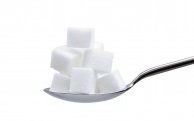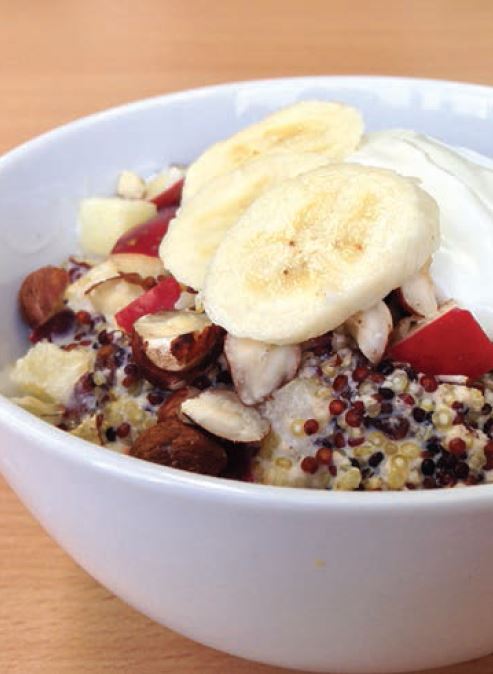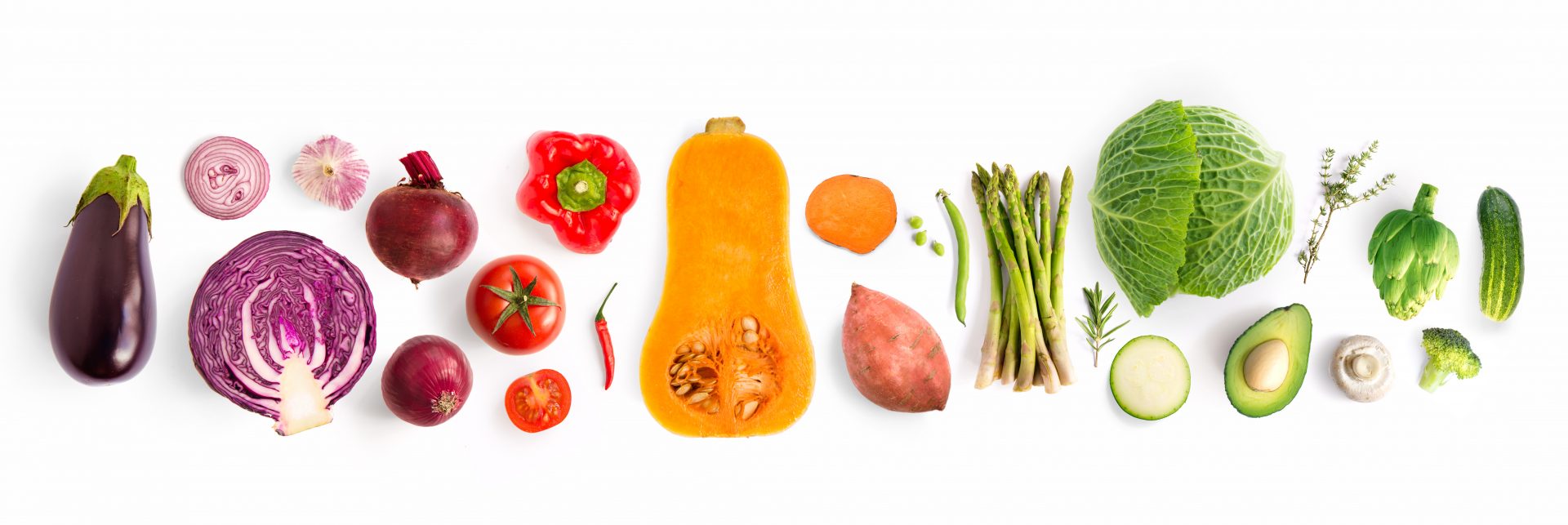Ingredient swaps
Wondering what simple changes you could make to improve the quality of your diet without a complete overhaul? Look no further than our smart swaps and tips!
Selecting healthier ingredients can have a significant impact on the nutritional quality of your meal. Use the table below to discover some healthier ingredient swaps.
| SWAP THIS | FOR THIS |
| Breads and cereals – White bread, rolls or bagels – Crackers and savoury biscuits | ✓ Wholegrain, wholemeal varieties ✓ Wholegrain varieties of plain crispbreads, which are lower in salt and saturated fat |
| Dairy Products – Cream – Sour cream | ✓ Evaporated milk, ricotta cheese ✓ Natural or Greek yogurt |
| Meat and alternatives – Meat with visible fat or skin on – Crumbed or battered meat and fish patties – Fatty processed meats such as pepperoni, salami, mortadella | ✓ Lean skinless meat options ✓ Fresh or frozen meat or fish fillets without crumbs or batter ✓ Skinless and lean processed meat varieties |
| Oils, condiments and spreads – Butter and butter blends, copha, dairy blends, ghee, lard, palm oil, tallow – Coconut cream, milk – Cream-based dressings | ✓ Poly or monounsaturated spreads. Canola or olive oil ✓ Evaporated milk with coconut essence ✓ Dressings made with poly or monounsaturated oils or dressings based on lemon juice, balsamic vinegar or yoghurt |
Tips for using less sugar

- Add vanilla, cinnamon or ground cloves for extra flavour.
- Add dried and fresh fruits to muffins, cakes, pikelets for added sweetness.
- If using canned fruit, choose fruit in natural juice and drain before use.
- Stew fruit without sugar, if fruit is tart (e.g. plum or rhubarb) add an apple for sweetness.
Note: Raw sugar, brown sugar, agave, honey, maple or golden syrup are not healthier alternatives for sugar. Whichever you choose, use it sparingly.

Warm breakfast quinoa
Try this warm breakfast quinoa instead of porridge for a fibre hit with sweet fruits and spices for tongue tingling flavour.
Tips for using less salt

- Avoid adding salt during cooking or at the table.
- Add a variety of herbs, spices, lime or lemon juice, fresh mustard, and garlic to recipes.
- Use “reduced salt” or “no added salt” canned foods.
- Limit commercial sauces and condiments such as soy sauce and tomato sauce and read the labels to choose the one with the least amount of salt (sodium).
Note: On food labels, salt is listed as sodium.
Tips for boosting fibre
- Add one extra fruit and vegetables to meals and snacks.
- Leave the peels on vegetables such as carrots and cucumbers.
- Choose an oat or bran based cereal.
- Add beans or lentils to sauces.
- Snack on fruit, nuts, or raw vegetables.
Note: Fibre is found in plant foods like vegetables, fruits, grains, nuts, seeds, beans and legumes.

Remember:
- Raw sugar, brown sugar, agave, honey, maple or golden syrup are not healthier alternatives for sugar. Whichever you choose, use it sparingly.
- Limit commercial sauces and condiments such as soy sauce and tomato sauce and read the labels to choose the one with the least amount of salt (sodium).
- Fibre is found in plant foods like vegetables, fruits, grains, nuts, seeds, beans and legumes.
- To increase your fibre intake, add one extra fruit and vegetable to meals and snacks and leave the peels on vegetables such as carrots and cucumbers.
Produced by Nutrition Australia ACT Division, October 2021. Reviewed August 2021.




